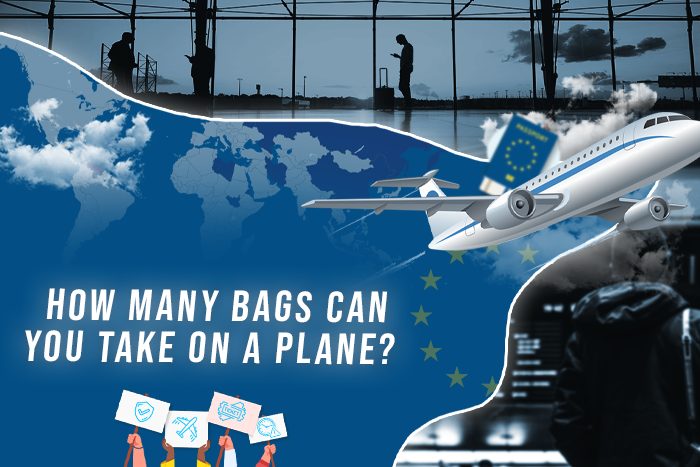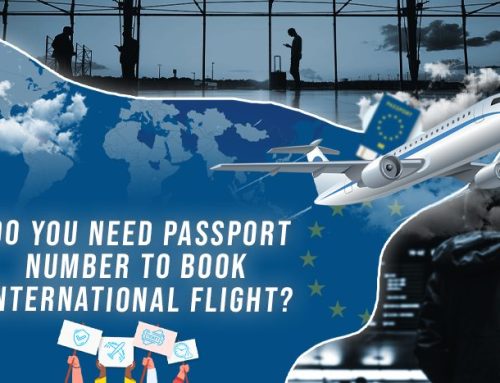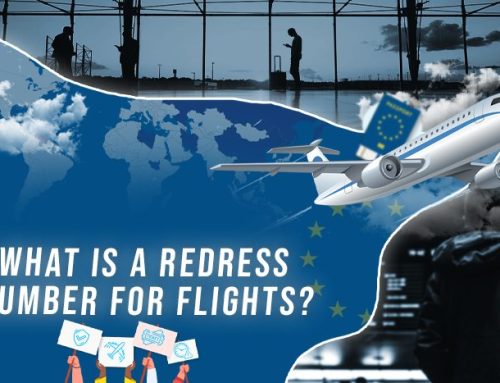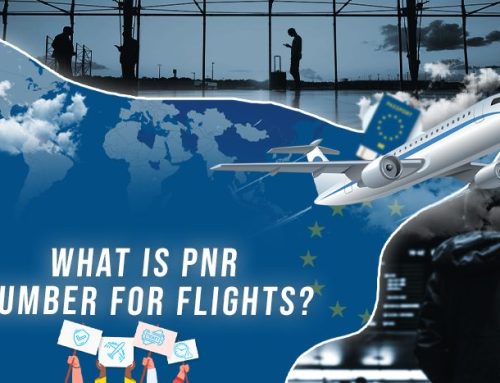One of the hardest things to do is pack as you’re planning a trip! You want to make sure that you have enough clothes to wear for the duration of the stay while still preparing for accidents. After a couple of extra outfits, weather-appropriate jackets, and footwear, it can be hard to fit all your personal belongings into one bag.
Now, you may wonder how many bags you can take on a plane? The answer is, it depends. Some airlines allow you to bring up to two carry-on bags with you on the plane, though one must be able to fit under the seat. Other airlines allow you to check your bags, though each additional bag has an additional fee. Let’s look more in detail about how many bags you can take on a plane, so you know what to expect.
Key Takeaways
- Each airline has different policies when it comes to how many bags you can bring on a plane. Typically, you are allowed one carry-on luggage and one personal item, but it’s always best to check with your airline before traveling to avoid any surprises.
- Checked bags usually have a fee, and the number of free checked bags can vary depending on the airline and trip. Additionally, bags must meet size and weight restrictions to avoid extra fees.
- It’s important to be aware of the types of items that are allowed and prohibited on a plane. The TSA website and your airline’s policy can provide helpful information on what to pack and what to leave at home.
Carry On Luggage
Each airline has different rules, but typically, you will be allowed to bring one carry-on piece of luggage and one personal item with you on a flight. Carry-on luggage must be 45 linear inches total or smaller, which is about 22” x 14” x 9”. Carry-on luggage should weigh no more than 40 pounds, though airlines will rarely weigh it since you’re the one hefting it around the airport and plane. They will measure to make sure the dimensions of your bag meet the carry-on limits, sliding it into a sample bag size.
Sample carry-on luggage includes rolling suitcases and duffle bags, though people can bring specialty-sized items like guitars, garment bags, and more on the plane. Check with your airline if you have any questions about your carry-on luggage. If you have to check your bag because there’s no more space on the plane, it will often be checked free of charge.
Passengers are also typically allowed one personal item as long as it fits under the seat in front of them. This could be a purse, laptop bag, or other smaller items. If you are sitting in an exit row, your feet must be cleared, so all personal items must be stored in the overhead containers.
Some airlines have different restrictions, so it’s always best to check their policy before you travel to ensure there are no surprises.
Checked Bag
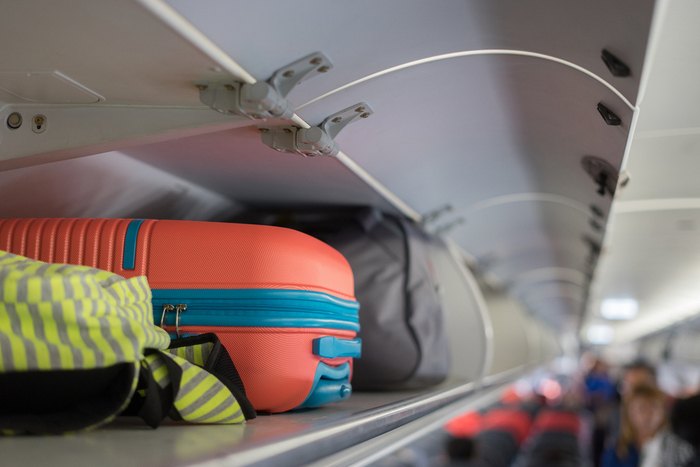
Most airlines will let you check one bag for free, and all additional bags will carry a fee. There are no real limits to how many bags you can take on a plane if you are willing to pay for them. Typically, checked bags should be no bigger than 62 linear inches total, which amounts to 27” x 21” x 14”. Your bag should weigh no more than 50 pounds lest you pay an additional fee for overweight luggage.
If your baggage is oversized, never fear! You may just have to pay an additional fee to get it onboard. Remember, these fees will add up quickly, so it’s in your best interest to be aware of the airline’s policies so there are no surprises while traveling.
If you are on a shorter flight, you may have to pay a fee for each checked bag. They may not offer any free checked bags, so be aware before your trip. If you have any questions about checked bags, it’s important to read their policies. As you check-in, you may be able to pre-pay for checked bags to make the airport experience even more seamless.
While there are no real limits to how many bags you can take on a plane, there is a limit to how many free bags you can take, and it varies from airline to airline – and even trip to trip!
Frequently Asked Questions
-
How many bags can you take on a plane?
The number of bags you can take on a plane depends on the airline. Typically, you are allowed one carry-on and one personal item. Checked bags may also have a fee.
-
What is considered a carry-on?
A carry-on is typically a small suitcase or bag that meets the airline’s size and weight restrictions. It must be able to fit in the overhead bin or under the seat in front of you.
-
What is considered a personal item?
A personal item is typically a small bag or purse that can fit under the seat in front of you. It may include a laptop bag, backpack, or other small item.
-
What are the size and weight restrictions for carry-on luggage?
Each airline has different size and weight restrictions for carry-on luggage, but typically it must be 45 linear inches or smaller and weigh no more than 40 pounds.
-
What are the size and weight restrictions for checked bags?
Each airline has different size and weight restrictions for checked bags, but typically they should be no larger than 62 linear inches and weigh no more than 50 pounds.
-
What happens if your bag is oversized or overweight?
If your bag is oversized or overweight, you may have to pay an additional fee to bring it on board. It’s important to check with your airline to understand their policy on oversized or overweight luggage.
-
What items are prohibited from being brought on a plane?
The TSA has a list of prohibited items that cannot be brought on a plane. This includes weapons, explosives, liquids over 3.4 ounces, and other dangerous items.
